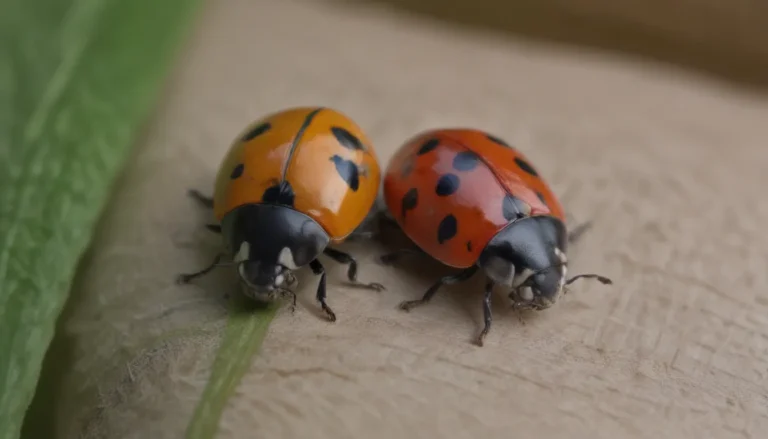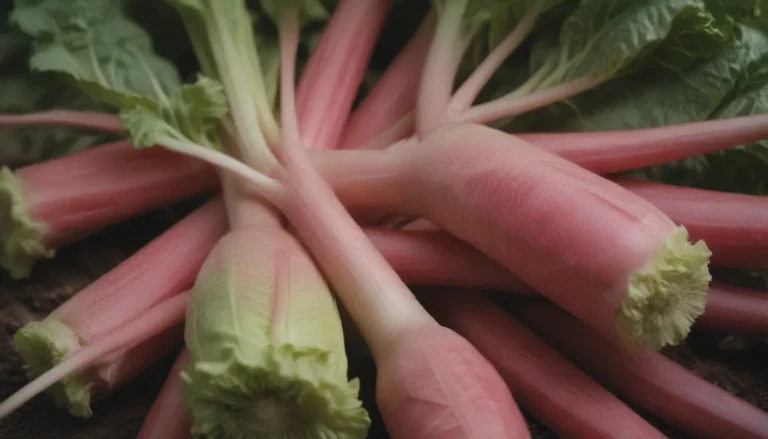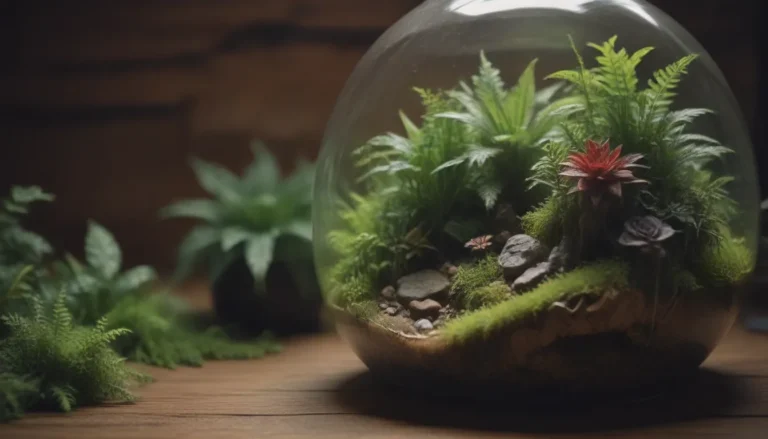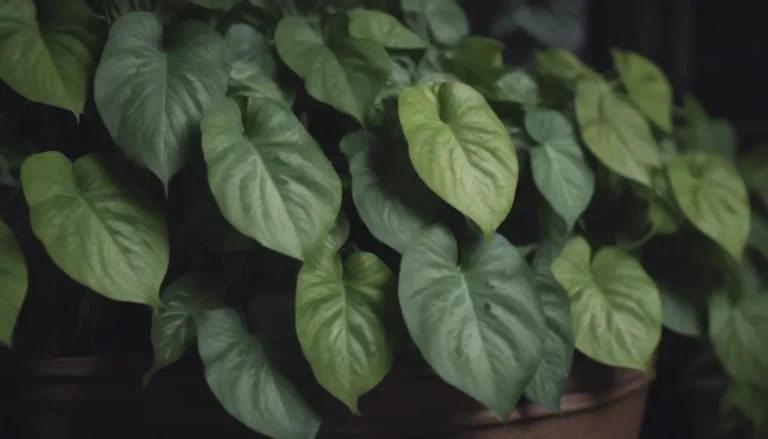Everything You Need to Know about Lace Aloe Plant Care
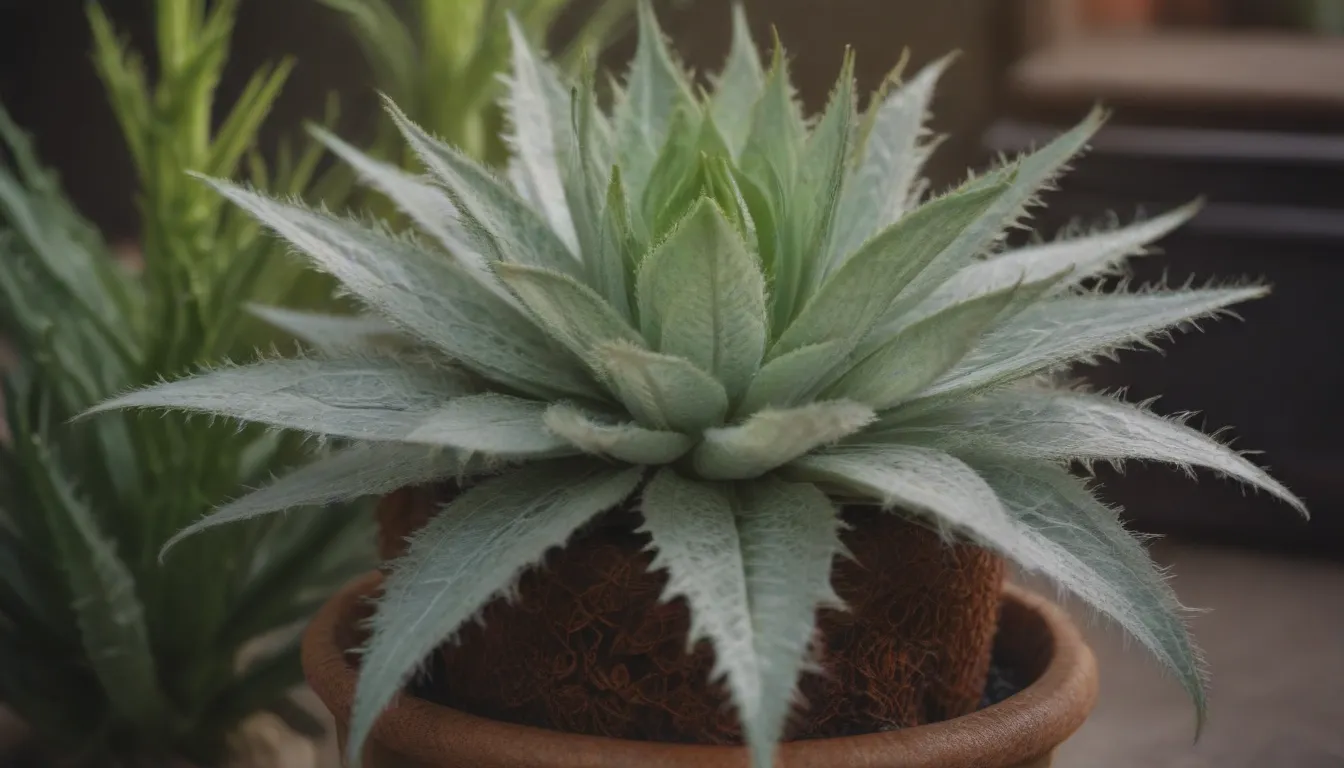
Are you looking to add a touch of elegance to your indoor garden or xeriscape? Lace aloe, also known as Aristaloe aristata, is a fantastic choice. This compact and hardy succulent features dark green, toothed foliage adorned with white bumps and striking tubular orange-red flowers during the summer. Whether you’re a seasoned plant parent or a beginner looking to add some greenery to your space, lace aloe is a great option.
Getting to Know Lace Aloe
Before we delve into the care requirements for lace aloe, let’s get acquainted with this unique plant. Lace aloe used to be part of the Aloe genus, but it has recently been reclassified and is now the only species within the Aristaloe genus. While it shares similarities with aloe vera in terms of appearance and care needs, it is actually more closely related to succulent species in the Haworthia genus.
Here are some key characteristics of lace aloe:
– Compact succulent that stays under 8 inches tall
– Dark green, fleshy foliage with white bumps
– Produces striking tubular orange-red flowers in the summer
– Ideal for small apartments or sunny patios
Lace Aloe Care Guide
Taking care of your lace aloe plant is relatively straightforward, as long as you provide it with the right conditions. Here are the main care requirements to ensure your lace aloe thrives:
Light
- Place your lace aloe in a spot with bright but indirect sunlight.
- A window that receives filtered morning sunlight is ideal.
- Outdoor plants should be positioned where they get full sun or light afternoon shade.
- Aim for at least six hours of sun daily, with some shade during the hottest part of the afternoon.
Soil
- Use a well-drained potting mix for your lace aloe.
- A succulent mix is ideal for indoor plants.
- If using a standard potting mix, mix it with equal parts coarse sand and perlite.
Water
- Water your lace aloe regularly but cautiously to prevent overwatering.
- Use the soak-and-dry method: water deeply and allow the soil to dry out completely before watering again.
- Always water from the bottom to prevent water from getting trapped in the plant rosettes.
- Reduce watering in the winter, but don’t let the soil completely dry out.
Temperature and Humidity
- Lace aloe prefers warm, arid conditions but can tolerate temperatures as low as 10 degrees Fahrenheit.
- Bring indoor plants inside during cold snaps or extremely low temperatures.
- Avoid humid environments and keep your plant away from tropical houseplants.
Fertilizer
- Lace aloe doesn’t require frequent fertilization due to its preference for poor soils.
- Feed with a balanced liquid fertilizer diluted to half strength a few times during the spring and summer to encourage healthy growth.
Propagating Lace Aloe
Propagating lace aloe is a simple process that involves replanting the offsets, also known as pups. Here’s how you can propagate your lace aloe:
1. Wait until the offsets have a few leaves and are well-established.
2. Use gloves and a trowel to carefully separate the offsets from the mother plant.
3. Plant the offsets in a new pot with good drainage and fresh succulent potting mix.
4. Water thoroughly and wait for the soil to dry out before watering again.
Potting and Repotting
Although lace aloe is a fast grower, it doesn’t need frequent repotting once it reaches maturity. Here are some tips for potting and repotting your plant:
– Repot when the plant shows signs of becoming rootbound or crowded with pups.
– Select a slightly larger pot and use fresh potting mix.
– Water the plant thoroughly after repotting and allow the soil to dry out completely before watering again.
Common Pests and Diseases
Lace aloe plants are generally disease-free and resistant to pests. However, keep an eye out for mealybugs, especially on indoor plants. Here’s how to deal with common pests and diseases:
– Use water and a damp cloth to wipe away mealybugs.
– Avoid leaving water in the plant rosettes, as it can attract pests and lead to fungal diseases.
– Neem oil can help prevent mealybugs from returning.
Common Problems with Lace Aloe
If your lace aloe shows signs of distress, it’s essential to address the issue promptly. Here are some common problems and how to resolve them:
– Stretching: Provide more bright, indirect light to prevent leggy growth.
– Wrinkling: Increase watering, but avoid overwatering to prevent root rot.
– Leaves Turning Brown: Move the plant to a spot with less direct sun to prevent scorching.
With proper care and attention to its needs, your lace aloe plant will reward you with its unique beauty and low-maintenance nature. Whether you’re growing it indoors or outdoors, this stunning succulent is sure to brighten up your space.
In conclusion, lace aloe (Aristaloe aristata) is a charming addition to any plant collection, offering beauty and elegance in a compact and easy-to-care-for package. By following the tips and guidelines outlined in this article, you can enjoy the beauty of lace aloe in your home or garden for years to come. So go ahead, give lace aloe a try, and watch it thrive in your care!
